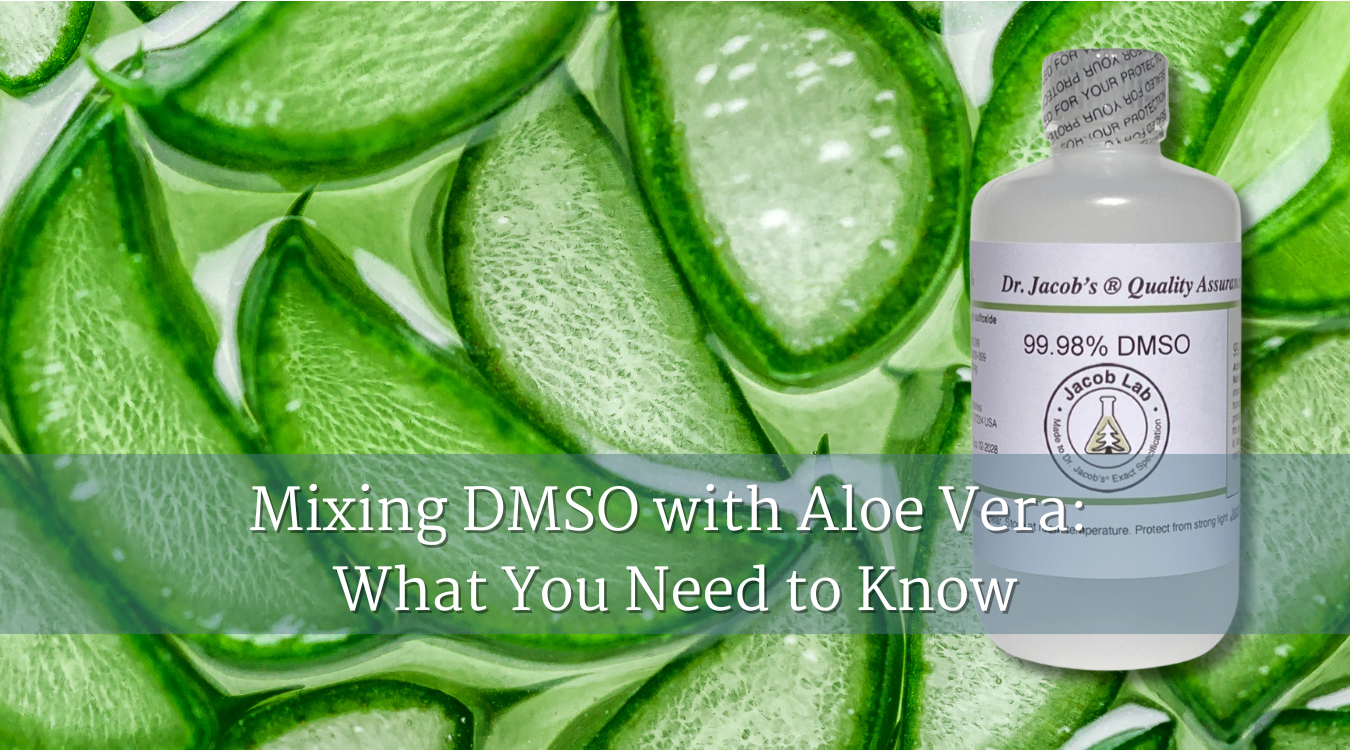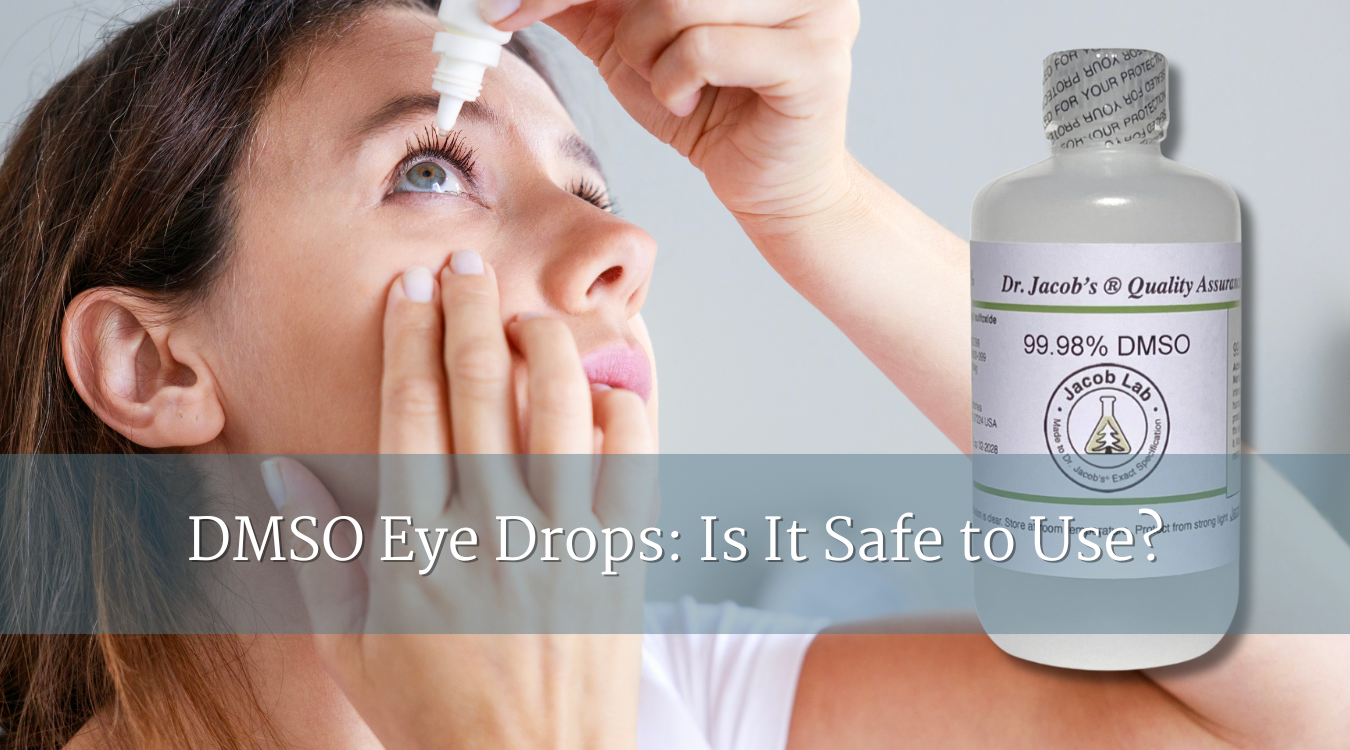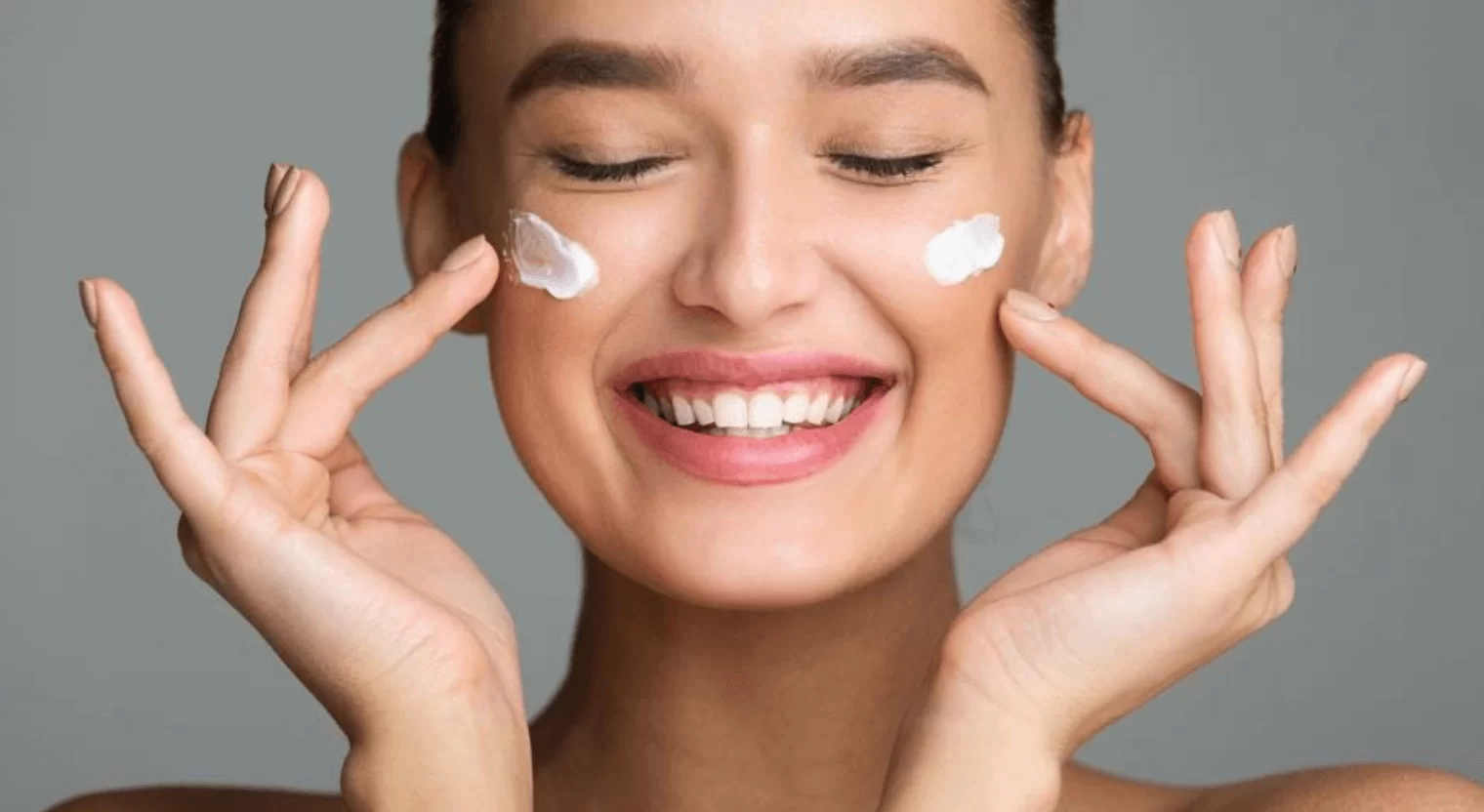
Why People Combine These Two Popular Remedies
When people look for natural ways to soothe pain, reduce inflammation, or support skin healing, DMSO (dimethyl sulfoxide) often comes up. But rarely is it used alone. One of the most common pairings is DMSO with aloe vera — a blend many claim helps reduce irritation while enhancing benefits.
So why are these two used together, and what do professionals from different fields say about it?
🔬 What Science Says About DMSO and Aloe Vera
Dermatologists point out that DMSO can be irritating to the skin when applied at higher concentrations. Redness, dryness, or itching are not unusual. Aloe vera, on the other hand, has long been studied for its soothing, anti-inflammatory, and skin-cooling effects — particularly in burns and minor wounds.
By mixing the two, aloe vera acts as a buffer, reducing DMSO’s intensity while also contributing its own skin-healing properties. In practice, most people who use this combination apply it in a 70% DMSO / 30% aloe vera gel ratio, or sometimes even 50/50 for sensitive skin.
🌿 Nutritionist Insights: Supporting Skin from Within
While aloe vera is applied topically here, a nutritionist would remind us that skin repair starts from the inside. Collagen production depends on vitamin C, zinc, and adequate protein. Anti-inflammatory foods — such as berries, leafy greens, turmeric, and omega-3 rich fish — help reduce the systemic inflammation that slows down skin healing.
When aloe vera and DMSO are applied to the skin, they may help locally. But without nutrients to fuel the repair process internally, results will always be limited.
🌀 TCM Perspective: Cooling and Moving
From the lens of Traditional Chinese Medicine (TCM), burns, scars, or skin inflammation are often seen as forms of “heat” or “stagnation” in the body. Aloe vera is considered a cooling substance, clearing heat from the surface of the skin. DMSO, with its unusual penetrative quality, can be imagined as helping to “move” Qi and Blood, reducing stagnation in the tissue.
This makes the combination logical in TCM terms: aloe cools the irritation, DMSO drives circulation deeper, and together they may promote smoother healing.
🧴 How People Use the Blend
-
Dilution matters: Most avoid pure DMSO on skin. Mixing with aloe vera gel makes it gentler and easier to apply.
-
Topical focus: Commonly applied to sore joints, scar tissue, or areas of inflammation.
-
Consistency: Some report that regular application (1–2 times per day) provides better results than occasional use.
💡 Tip from dermatologists: always do a patch test first, especially since both DMSO and aloe can cause irritation in sensitive individuals.
⚠️ Safety Considerations
-
Always use pharmaceutical-grade DMSO.
-
Ensure the aloe vera gel is pure, with no perfumes, dyes, or chemical additives — DMSO will carry them into the bloodstream.
-
Never apply near eyes, mucous membranes, or open wounds.
-
Stop immediately if irritation worsens.
✨ The Bigger Picture
Mixing DMSO with aloe vera is not a cure-all, but it may be a smart way to combine strength with gentleness. Aloe vera reduces DMSO’s sting while adding its own healing touch.
Dermatologists would stress caution, nutritionists would remind us to support skin from within, and TCM would see it as balancing heat and stagnation. Together, these perspectives paint a fuller picture: healing isn’t just about what you apply — it’s about how the whole system is supported.
🔗 Where to Learn More
-
Related: Best Carrier Liquids for DMSO
-
Foundation: What is DMSO and How Does It Work?




 DMSO Eye Drops: Is It Safe to Use?
DMSO Eye Drops: Is It Safe to Use?
 Candida and Hot Flashes: Is There a Link?
Candida and Hot Flashes: Is There a Link?













